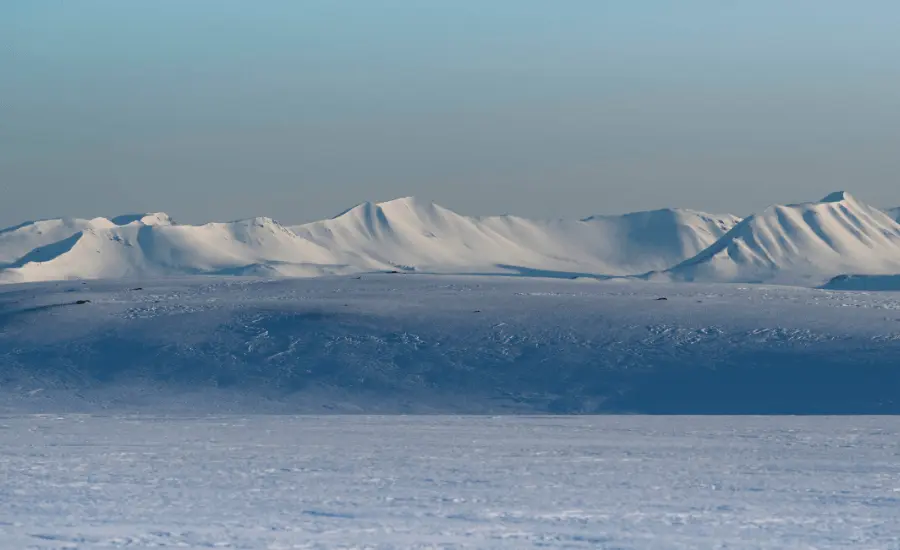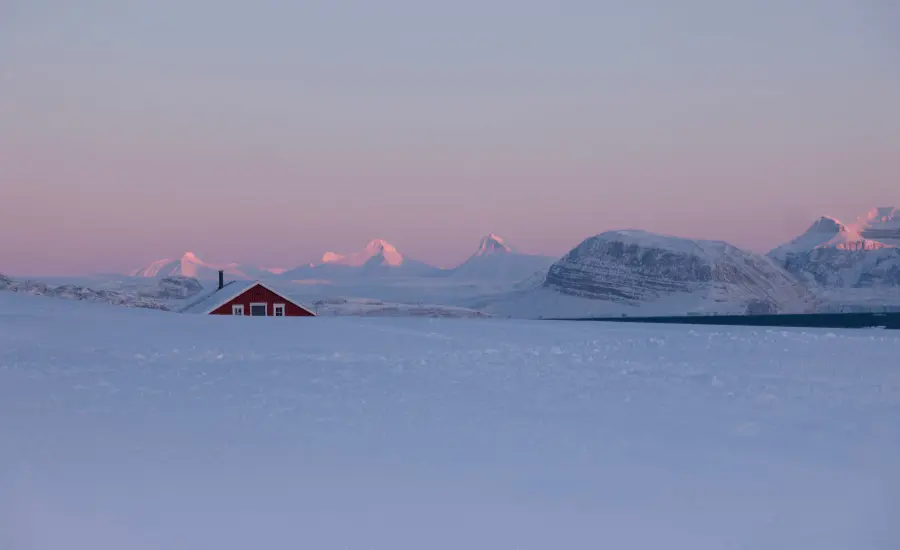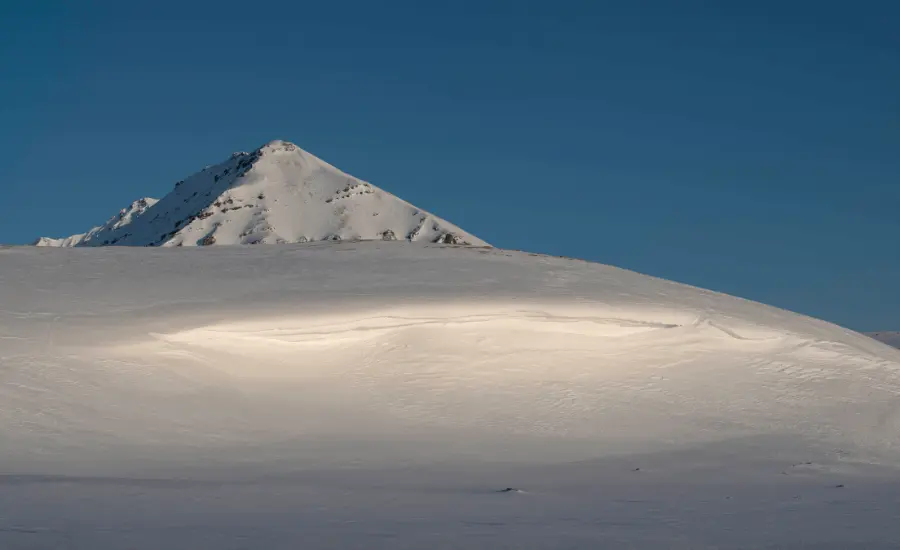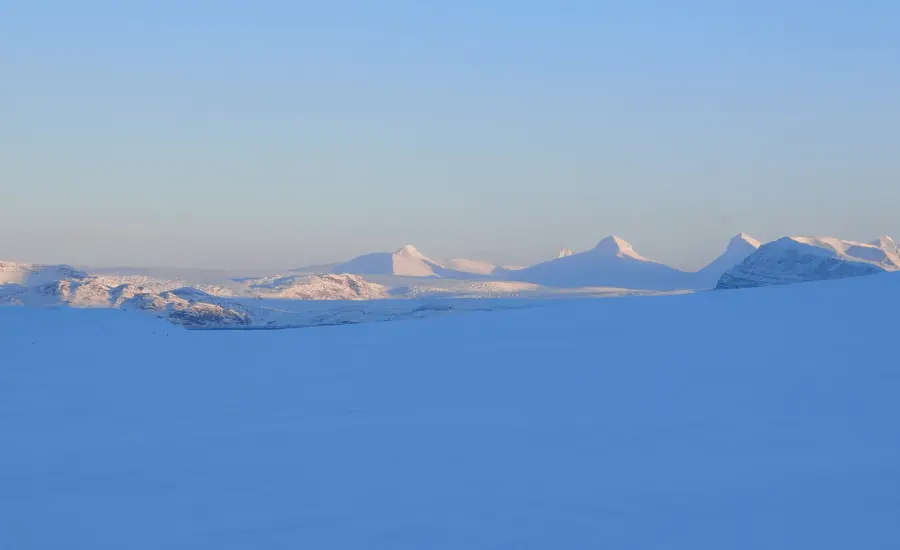- Measurement of greenhouse gas flows
The aim of the project is to measure carbon dioxide emissions in the months when the tundra is covered by snowpack. Winter emissions are small, but not negligible, and must be taken into consideration for a correct balance of natural CO2 fluxes, which is essential for correctly predicting the effects of climate change. The flow data, combined with meteorological variables and information on microbial processes in the soil, will be used to develop mathematical models to interpret the observed processes. Furthermore, the new measurement station enriches and complements the long-term observation infrastructures already present and integrates LSI LASTEM components with specific third-party sensors (e.g. for the measurement of CO2 concentrations).
- Weather monitoring
The project also involves the measurement of meteoclimatic variables, necessary for the implementation of the model that interprets CO2 emissions.
- Data sharing
The data collected will be made available through the Italian Arctic Data portal (IADC) and the virtual laboratories of the PNRR Itineris project. This will allow researchers from all over the world to use, compare and process the data collected in synergy with other sources, with a view to “Open Science” practices.





